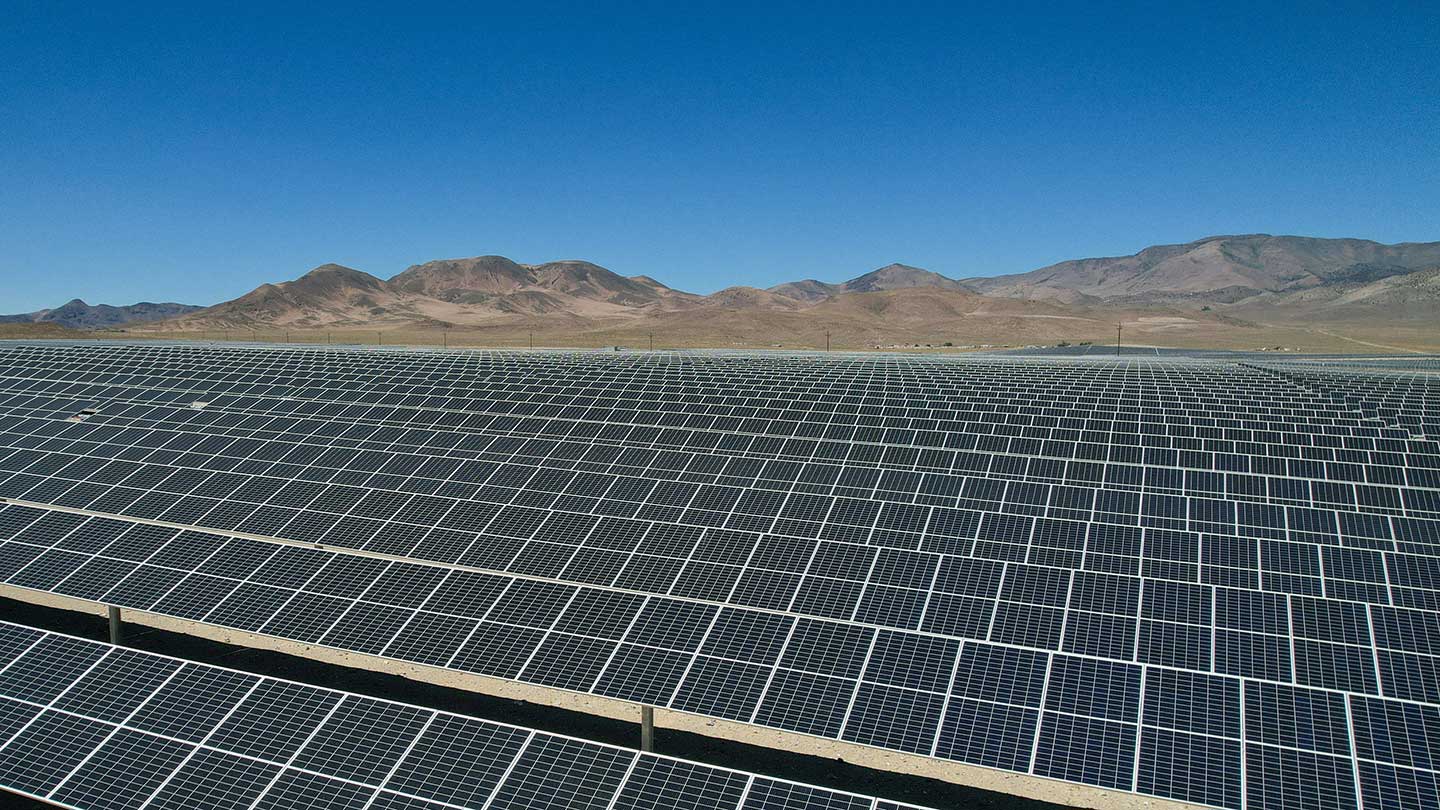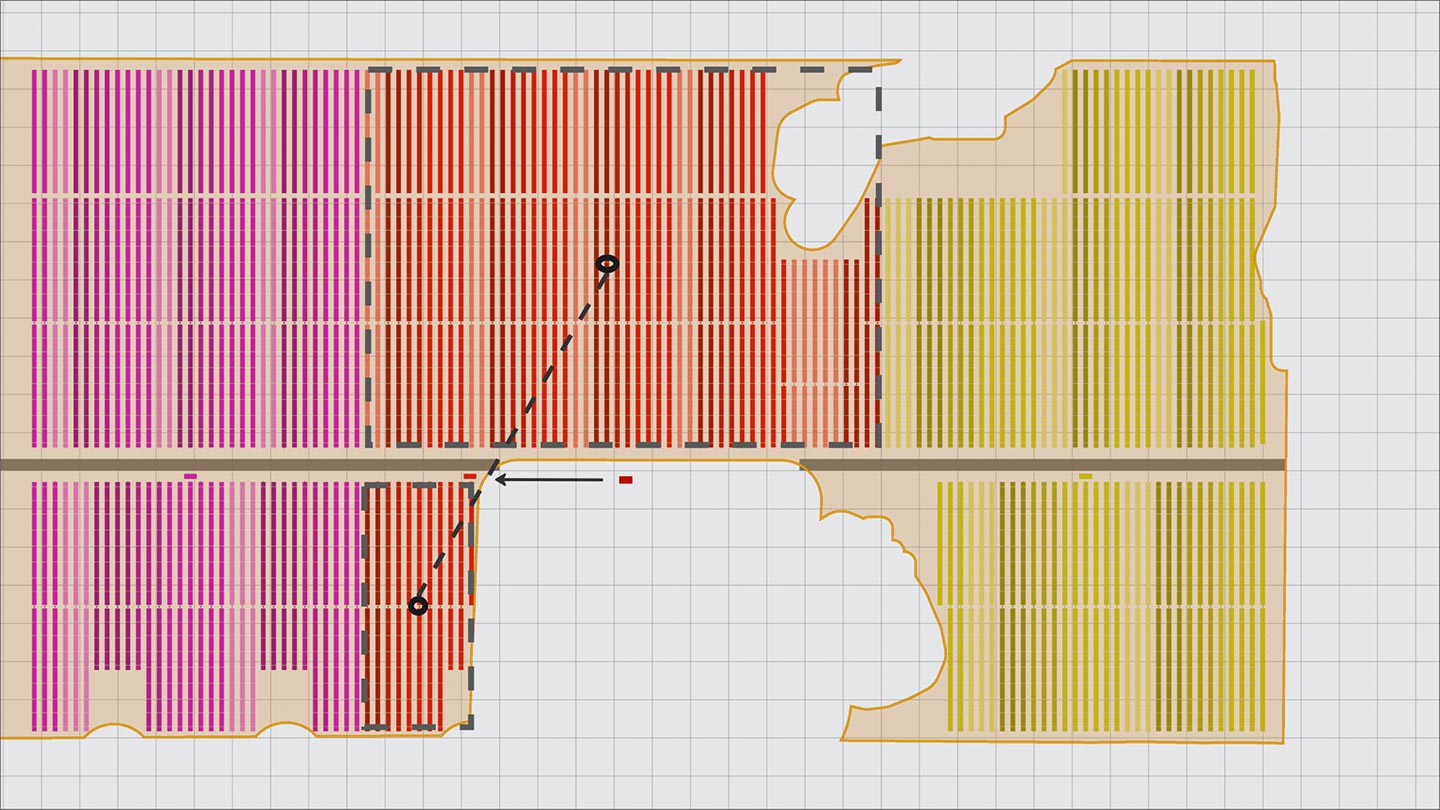What Is a Power Purchase Agreement?
.jpg)
A power purchase agreement (PPA) is a contractual arrangement between a power producer and a buyer, typically involving the sale of electricity generated by a renewable energy source such as wind or solar. The agreement outlines the terms, including pricing, duration, and quantity of electricity that will be supplied to the buyer, which can be a utility company, business, or governmental entity.
Variations include behind-the-meter PPAs, where energy is consumed on-site, and virtual PPAs, where the financial benefits of renewable energy are traded without physical delivery. PPAs facilitate the development of renewable energy projects by providing a reliable revenue stream to developers.
Advantages
Here are some main advantages of PPAs that make them an attractive option for both producers and buyers:
- Cost stability: PPAs can offer predictable energy pricing over a long duration, protecting buyers from market volatility.
- Risk mitigation: Developers secure a steady stream of revenue, reducing financial risk and improving project viability.
- Sustainability goals: PPAs support businesses in meeting renewable energy targets and reducing carbon footprints.
- No upfront costs: Buyers often don’t have to pay upfront for the energy project, making renewable energy accessible without capital expenditure.
- Long-term supply: Ensures a reliable supply of energy over the agreed period, providing security for planning and operations.
In essence, PPAs serve as instruments that enable the transition to renewable energy by providing a stable financial framework and encouraging investment in sustainable energy infrastructure.
Disadvantages
While PPAs offer numerous benefits, they also come with certain disadvantages that buyers and developers should consider, including:
- Fixed-rate limitation: Fixed pricing can be a disadvantage if market prices decrease over time.
- Long-term commitment: Requires a long-term contractual agreement, which might not suit all organizations.
- Complex negotiations: Entering into a PPA can be a complex process, requiring significant legal and technical expertise.
- Counterparty risk: There's potential exposure to financial or performance risk if the developer or the power plant underperforms.
- Regulatory changes: Shifts in regulations could impact the economics or enforceability of the agreement.
Understanding the key components and variations of PPAs enables stakeholders to make informed decisions that support the transition to renewable energy and achieve long-term energy and financial goals.
Solar Power Purchase Agreement
A solar PPA is a specific type of PPA focused on solar energy projects. It entails a developer installing, owning, and maintaining a solar energy system on a customer's property while the customer purchases the generated electricity at a predetermined rate, usually lower than grid prices. This arrangement helps organizations leverage solar energy without the upfront costs of installation.
Solar PPAs are valuable for businesses and institutions looking to incorporate green energy solutions that meet sustainability goals, reduce energy costs, and gain energy independence. Applications include commercial properties, government facilities, and institutions aiming to enhance their renewable energy portfolio.
How a Solar Power Purchase Agreement Works
A solar PPA allows a developer to install and maintain a solar energy system on a property, while the property owner pays for the electricity generated at a fixed rate. This setup affects system sizing by aligning the capacity of the installed panels with the property's energy consumption needs and space availability. Specifically, optimizing the photovoltaic (PV) layout maximizes energy production, reducing costs and enhancing efficiency. Proper system sizing ensures that the energy output meets the peak and baseline demands of the facility, delivering economic and environmental benefits through sustained renewable energy usage.
Merchant vs. Non-Merchant Power Purchase Agreements
Merchant PPAs involve selling electricity into the energy market at fluctuating market prices, allowing for potentially higher returns but also carrying more risk. Non-merchant, or fixed-rate, PPAs offer a set electricity price over the contract duration, providing price stability.
Organizations with a high appetite for risk may benefit from merchant PPAs if they anticipate favorable market trends. Conversely, entities prioritizing financial predictability often prefer non-merchant PPAs to mitigate the risk from price volatility and complex market factors.
Power Purchase Contracts
A power purchase contract includes key components like the contracted energy capacity, pricing terms, contract duration, delivery point, and obligations of both parties. It's important that contracts explicitly define responsibilities, including maintenance and potential penalties for non-compliance.
Variations in contracts might address specific regulatory requirements, technology types, or financial structures tailored to project specifics. Stakeholders should ensure clarity on performance expectations and any contingencies to protect against risks, like regulatory or market changes, that might affect the agreement's sustainability and economic viability.
Power Purchase Agreement Solar Programs
Notable PPA solar programs include options offered by Tesla Solar, SunPower, and local utility companies. These programs typically involve third-party ownership and operation of solar installations with electricity sold at a predetermined rate.
When comparing these programs as a consumer, it's essential to consider factors such as contract length, pricing terms, included maintenance services, and any additional fees. Evaluating a program’s long-term benefits against potential cost savings and sustainability objectives can guide the decision, ensuring alignment with an organization's energy and financial goals.
Solar Power Purchase Agreement Rates
The average solar PPA rates can vary significantly based on location, specific offerings, and the energy source utilized. Factors include regional sun exposure, local market conditions, and available state incentives.
Rates typically range from 6 to 10 cents per kilowatt-hour (kWh) but may differ due to installation costs, grid access, and federal or local incentives. Understanding the levelized cost of energy (LCOE) can help in comparing these rates by providing a comprehensive cost metric over the project's lifespan, which aids in gauging economic viability.
Is There a Power Purchase Agreement in Every State?
PPAs are available in many states but not universally across all states due to varying regulations and market conditions. Each state’s policies on energy procurement, incentives, and renewable energy targets influence the structure and availability of PPAs.
Some states encourage PPAs with supportive legislation and incentives, while others may have regulatory hurdles that limit their applicability. The presence of local utilities and energy policies also affects how PPAs are structured, influencing rates, terms, and the ease of execution.
Deciding Whether a Power Purchase Agreement Is Right for You
The following is a list of key considerations for evaluating whether a PPA is the right choice for you:
- What are your long-term energy needs and financial goals?
- Are predictable energy costs more important than potential savings variability?
- Do you have the ability to manage and maintain a solar installation yourself?
- How do local regulations and incentives impact the viability of a PPA?
- What are the environmental and sustainability goals of your organization?
- Are you comfortable with the contract duration and terms offered?
In summary, a PPA is a prominent tool in the energy sector, facilitating investment in renewable energy projects by providing a secure revenue stream for developers while offering buyers a stable and often lower-cost electricity source. By defining clear terms and conditions, PPAs promote the expansion of sustainable energy practices, supporting both economic growth and environmental conservation.




.png)

.png)